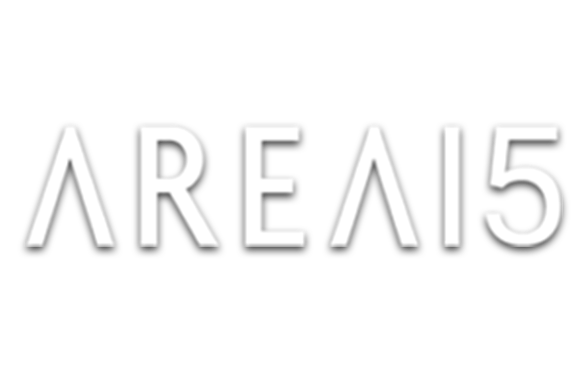Peek around corners you’ve never turned. Explore vistas you’ve never seen. Immerse yourself in narratives that unfold all around you. This is the magic that 360-degree video brings to the forefront of modern visual storytelling.
Types of 360 Video Content
When it comes to the type of content you can experience in 360 degrees there are two distinct types: animated and live action. Animated content is created by using specialized computer software. Digital artists can craft vibrant, imaginative worlds, characters, and scenarios. This creative process involves meticulous design and manipulation, resulting in captivating visual stories that go beyond the constraints of reality.

Crafting New Worlds: How Are Digitally Animated 360 Videos Created?
Making 360-degree animated videos is tricky – it’s both an art and a science. The artists start by dreaming up concepts and sketching storyboards. Then they use animation software to carefully shape detailed characters, objects and worlds. They rig everything so it can move realistically.
It takes tons of work to choreograph natural motions, expressions, and actions. The textures, lighting and angles make it all feel lifelike and draw you into the scene. Complex software renders how the light bounces around to create the final look. Post-processing polishes up the details and transitions. The end result is a seamless 360 video that transports you right into a whole new imagined world. It’s amazing what artists and tech can create together these days! Of course, it takes time and effort, but the visual stories you can tell this way make it totally worthwhile.

How Are Live 360 Videos Captured?
Capturing live 360-degree videos is a process that integrates technology and innovation. It offers viewers a look into real-world experiences. There are several types of setups employed to achieve this, each with its unique approach to recording the panoramic environment.
Omnidirectional Camera:
One popular method involves omnidirectional cameras, specifically designed to capture a full 360-degree field of view in one shot. These compact yet powerful cameras are equipped with multiple lenses positioned to cover all directions, creating a seamless spherical view. The result is a single cohesive video that encapsulates the entire surroundings, presenting a true-to-life representation of the scene.
Consumer-friendly options include…
There are professional options too!


The cameras mentioned above are considered consumer-friendly and film 350 video in HD/4K. However, if you are more looking for a professional, quality video we recommend checking out the Insta360 Titan. This camera is the first unibody VR camera to shoot at 11K mono and 10K 3D video, as well as 11K 360 photos in 3D and monoscopic formats. This camera is perfect for next level footage for large spaces such as immersive domes.
GoPro 360 Max: Offers intuitive features and seamless editing capabilities. Perfect for the novice or experienced videographer.
Insta360 One X2: This camera is great for those who want to create dynamic and vibrant content. This camera does have a slight learning curve to master all of the features.
Insta360 X3: The ultimate camera for immersive video. It captures everything around you, which allows you to create 3D VR content easily.
Multi-Camera Rig:
Another approach involves utilizing a multi-camera rig. Multiple individual cameras are arranged in a carefully planned configuration to collectively cover the 360-degree perspective. While this method can offer higher resolution and flexibility in camera placement, it requires meticulous synchronization to ensure uniformity among the captured footage. The separate feeds are later stitched together during post-production to form a continuous, immersive video.
GoPro Odyssey: Made in partnership with Google, the 16-camera rig seamlessly links the cameras together for panoramic sound and video capture.
MoooVR: A shooting camera rig with five mirror list cameras capable of shooting 360 views.
Custom rigs: Any cameras can be rigged for 360 video, it’s just a matter of connecting them. This lies in ensuring the field of view is full fully covered for a seamless video.
Phone / Single Lens Setup with Stitching:
Did you know you already have a 360 video camera in your pocket? Even smartphones or cameras with a single lens can be used. By capturing multiple shots while rotating the camera or device, content creators can record the entire environment in sections. These individual captures are then stitched together during post-processing, resulting in a 360-degree video. While this method demands additional effort in stitching and alignment, it allows a wider range of enthusiasts to create immersive content.





































